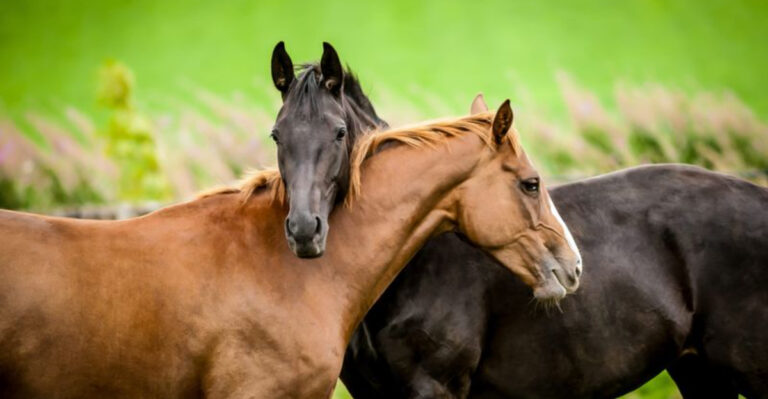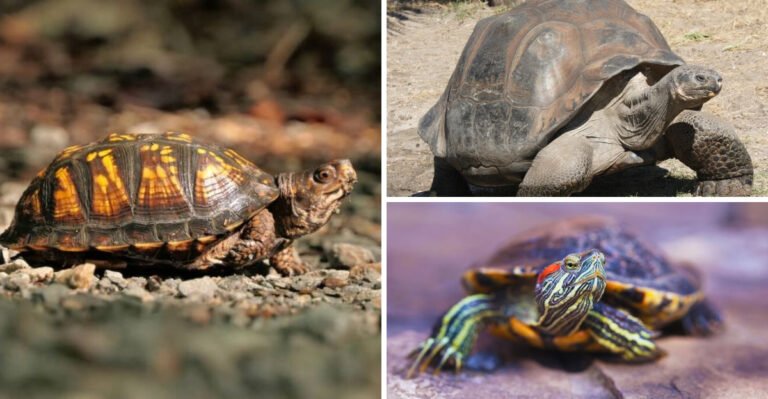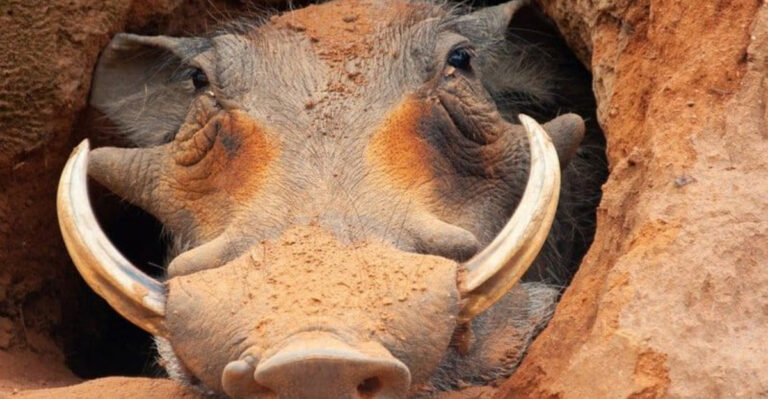15 Shortest Living Animals In The World
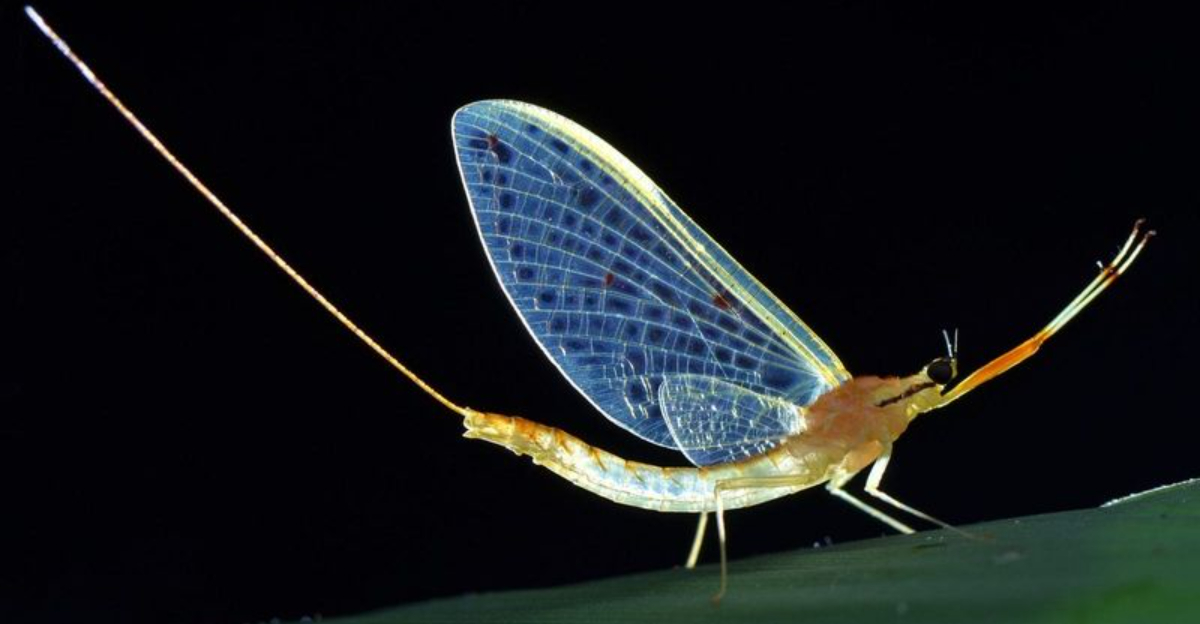
Life is fleeting, especially for some creatures who barely make it past a few weeks or months. While most of us get years to explore the wonders of the world, these animals have to pack their entire lives into a short span of time.
Let’s explore such fascinating creatures whose lives are as brief as they are intriguing.
1. Mayfly
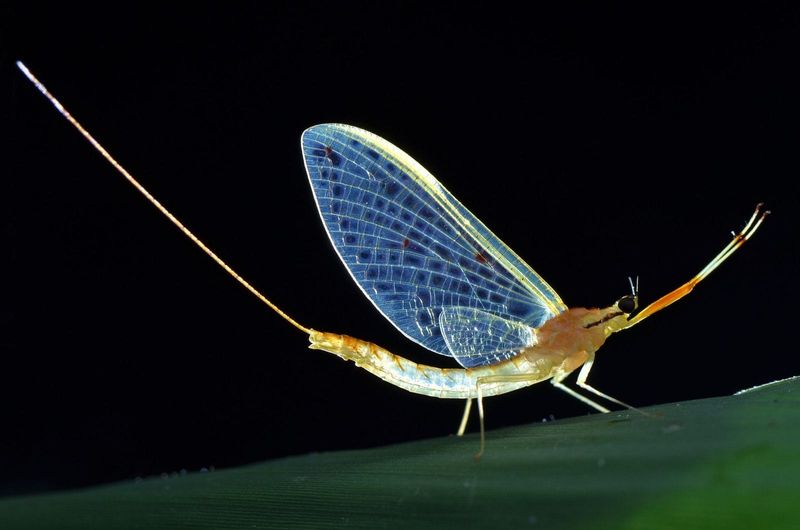
Imagine living your entire life in just a day! The mayfly is one of nature’s most ephemeral creatures, with some species living for only 24 hours.
Despite their short lifespan, mayflies are an essential part of their ecosystem, serving as a crucial food source for fish and birds. Their brief existence reminds us of the beauty in life’s fleeting moments.
2. Gastrotrich
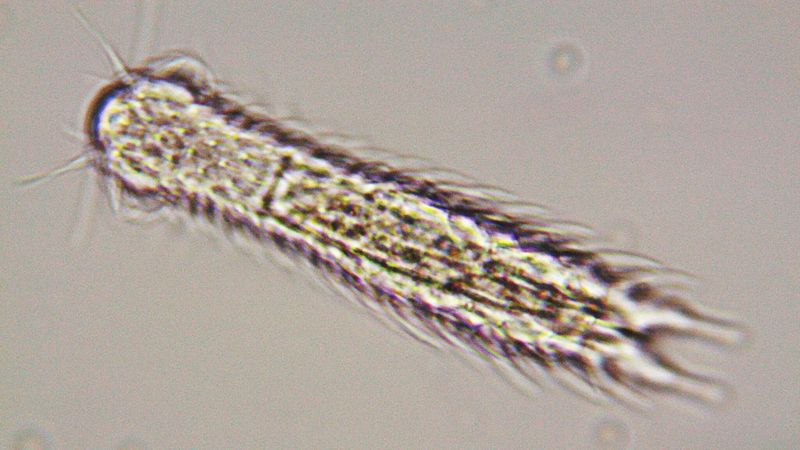
At less than a millimeter long, gastrotrichs seem like a tiny mystery of the aquatic world. These minute creatures live for only about three days, yet they play a vital role in nutrient cycling within their habitats.
Under the microscope, their complex structure is a marvel, highlighting the intricacies of life many times smaller than the eye can see.
3. Drone Ant
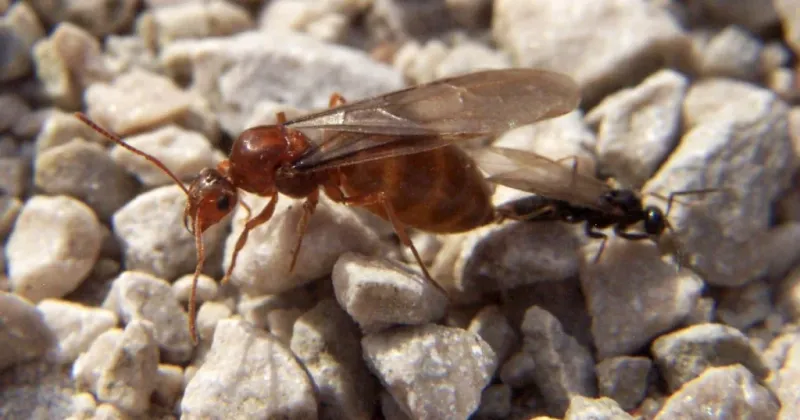
The life of a drone ant is all about duty and brevity. Living just a few weeks, these male ants have a singular purpose: to mate with a queen.
Their existence may be short-lived, but it’s a crucial part of the colony’s survival. Once their task is complete, their journey ends, having fulfilled their biological role.
4. Housefly
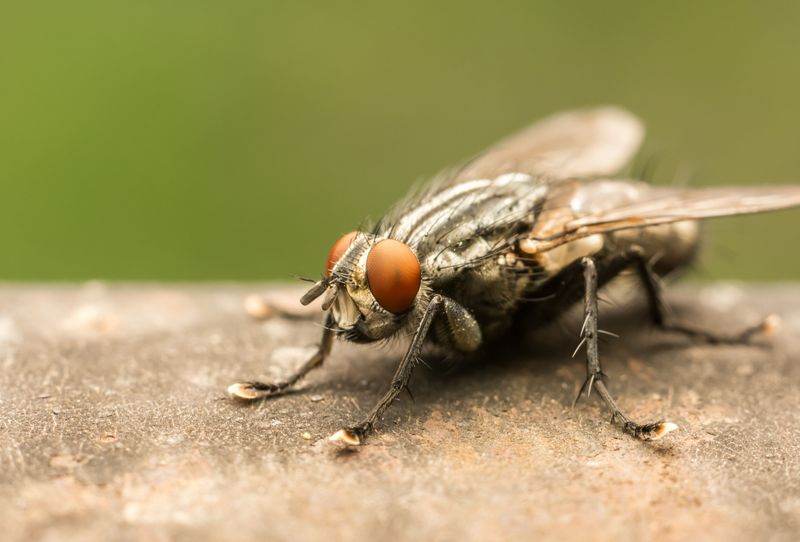
Ever wondered why houseflies are so common yet seem so transient? It’s because they live for only about 28 days.
During this time, they buzz around, reproduce, and contribute to the decomposition process. Though often seen as pests, they are a reminder of the efficient cycles of nature where nothing goes to waste.
5. Drosophila (Fruit Fly)

The fruit fly, a favorite subject of geneticists, typically lives about 30 days. Despite their brief lives, they’ve contributed immensely to scientific research, especially in genetics.
Their quick life cycle allows scientists to study multiple generations in a short time, making them an invaluable asset in laboratories worldwide.
6. Midges
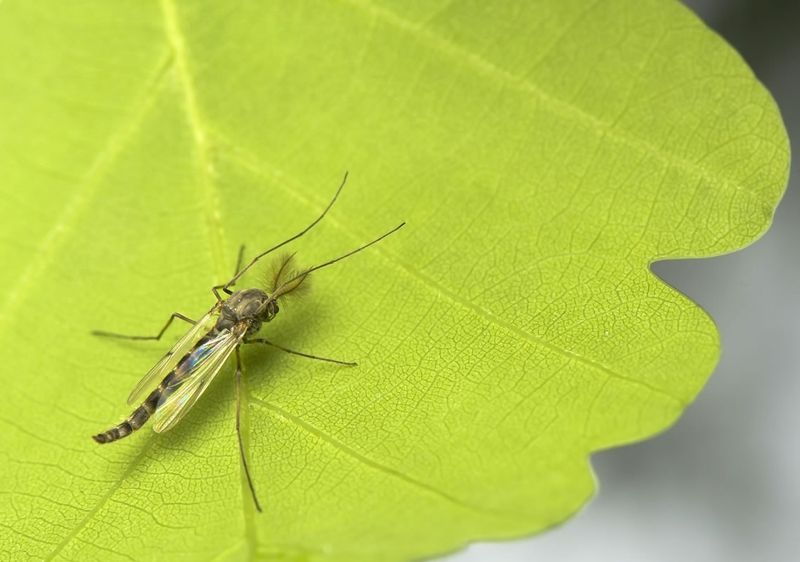
Dancing in the air like tiny fairies, midges have a lifespan of just a few days. These small insects are often seen in swarms near water bodies.
Though their presence might annoy a lakeside picnic, they are vital for pollination and serve as food for various animals, emphasizing nature’s balance in even the smallest of creatures.
7. Adult Crane Fly
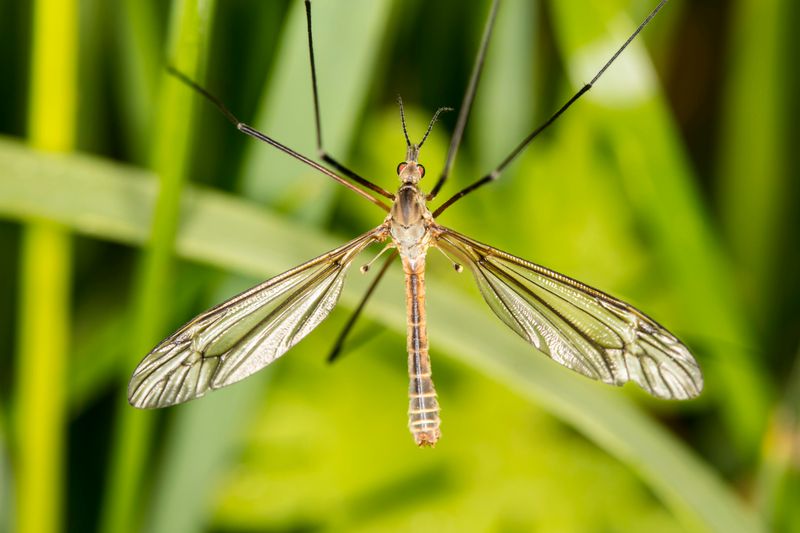
Crane flies, often mistaken for giant mosquitoes, live only a few days as adults. During this brief period, they focus solely on reproduction. Their elongated legs and delicate wings are a common sight in gardens. Though they may seem intimidating, they are harmless and play an essential role in the ecosystem as decomposers.
8. Ephemeral Ants
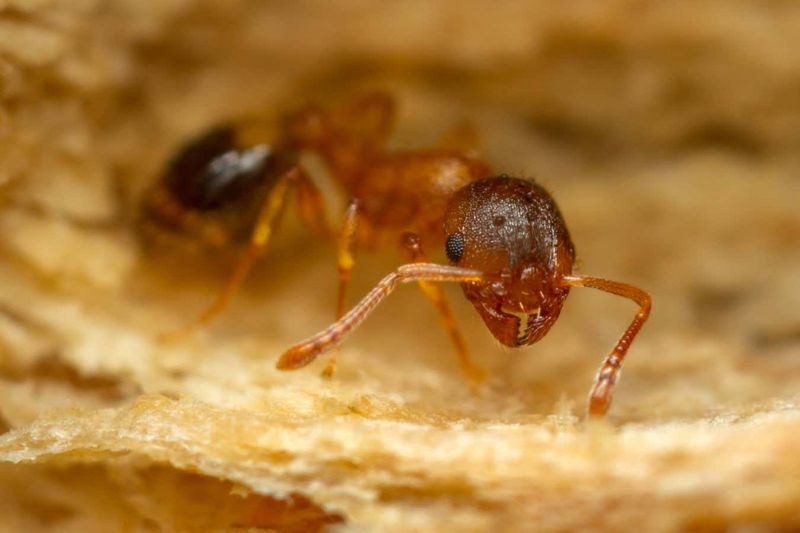
Living up to their name, ephemeral ants have a short lifespan of just a few weeks. These ants are known for their rapid life cycle and ability to adapt quickly to environmental changes.
Their colonies are buzzing hubs of activity, demonstrating the power of teamwork and efficiency in the natural world.
9. Male Praying Mantis
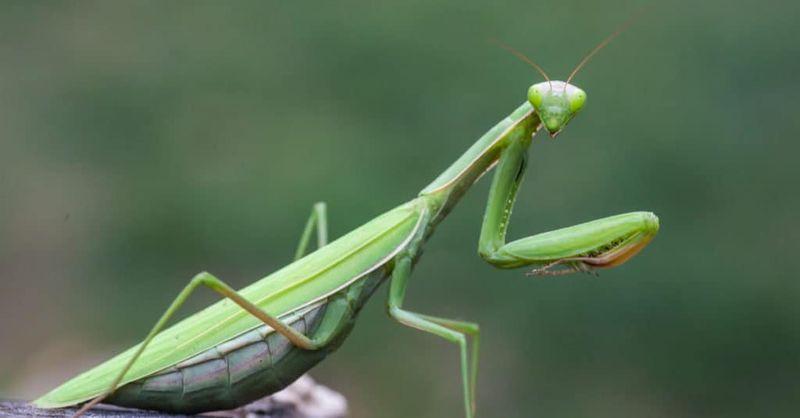
The male praying mantis has a life that’s dramatic and notably short. After mating, many males meet their end, sometimes becoming a meal for the female.
This post-mating ritual ensures the female has enough energy to lay eggs. Their life story is a stark example of nature’s brutal yet fascinating survival strategies.
10. Caddisfly
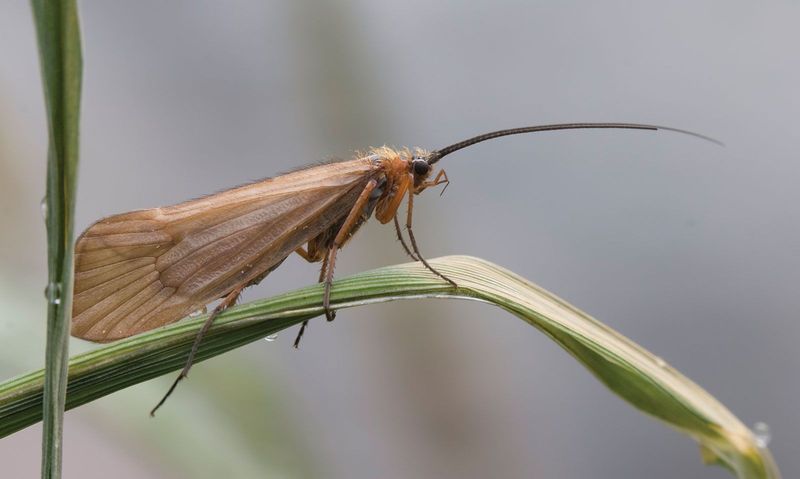
Caddisflies, masters of disguise in their larval stage, live as adults for just a few weeks. Known for building protective cases out of surrounding materials, these insects are vital for freshwater ecosystems. Their brief adult life is spent ensuring the next generation, continuing the cycle of life in streams and rivers.
11. Silkworm Moth
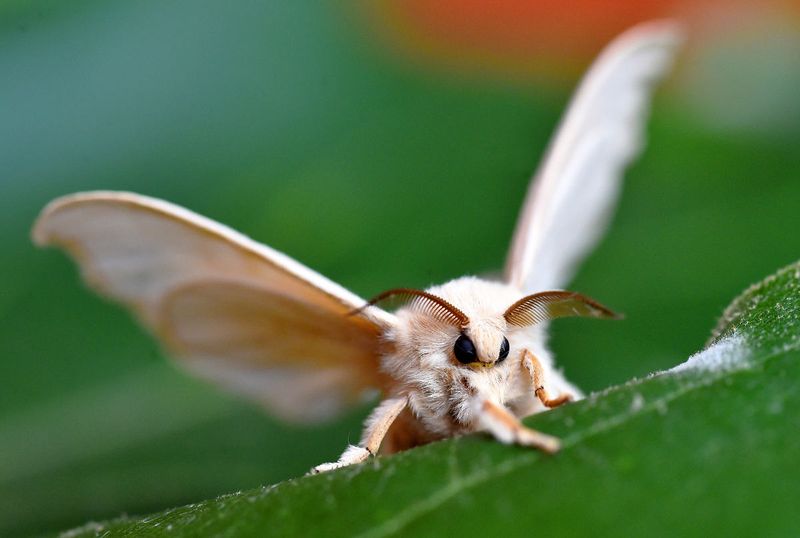
The silkworm moth, known for its silk-spinning caterpillar stage, lives only a few days as an adult. During this time, they don’t eat and focus solely on reproduction.
Their contribution to the silk industry has been invaluable, yet their adult life highlights the ephemeral nature of existence, where purpose is fulfilled quickly and efficiently.
12. Adult Mayfly
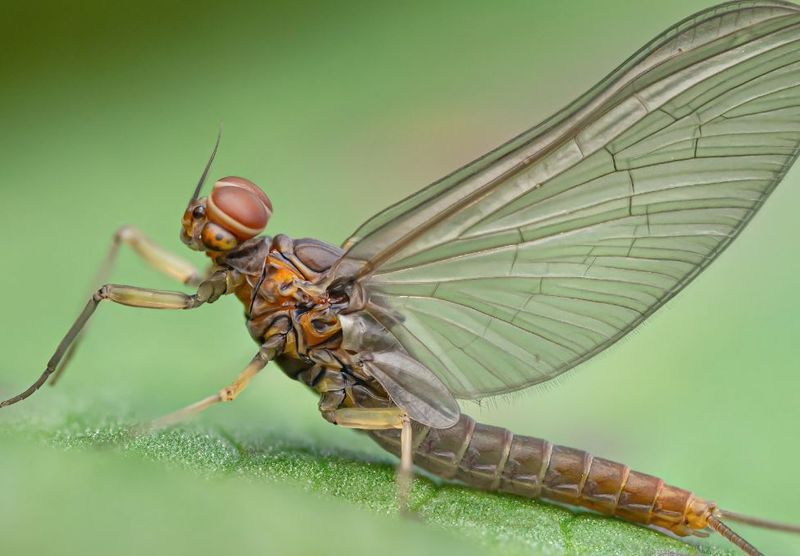
The adult mayfly, different from its larval stage, lives for only a day. Emerging from the water, they engage in a flurry of activity, mating and laying eggs before their time runs out.
This brief dance with life is a testament to nature’s urgency and the cyclical patterns that govern many aquatic species.
13. Gall Midge
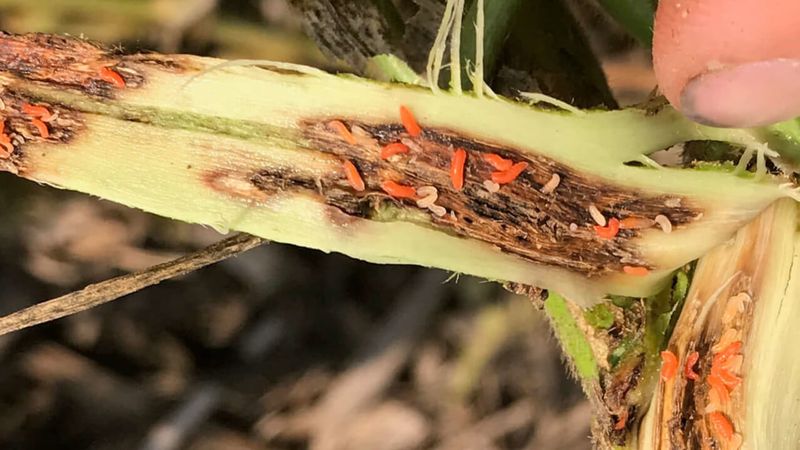
Gall midges may be small, but they have a significant impact during their short life. Lasting just a few days, these insects are vital pollinators and help in the decomposition process.
Their lifecycle is a quick but crucial link in the ecological chain, underscoring the importance of even the tiniest creatures.
14. Male Honeybee (Drone)
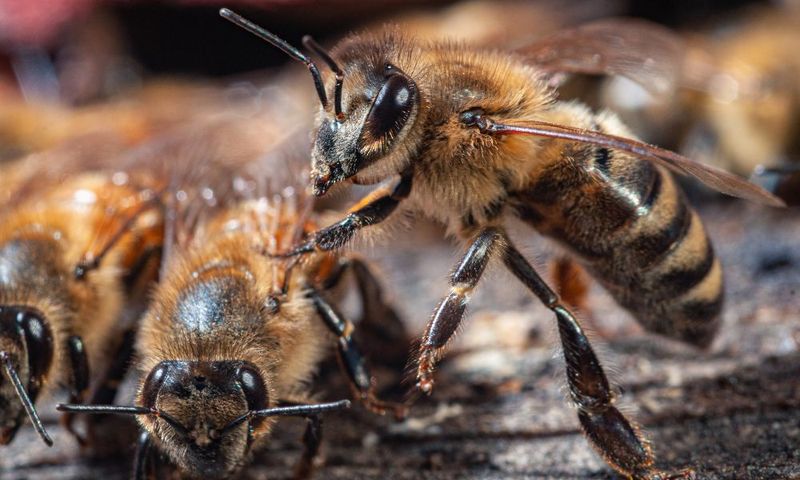
Male honeybees, or drones, live for about eight weeks, focusing solely on mating. Unlike worker bees, they don’t collect pollen or nectar. Their primary role is to ensure the continuation of the hive, and once their task is done, they exit the scene, leaving behind a legacy of life and continuity.
15. Adult Antlion
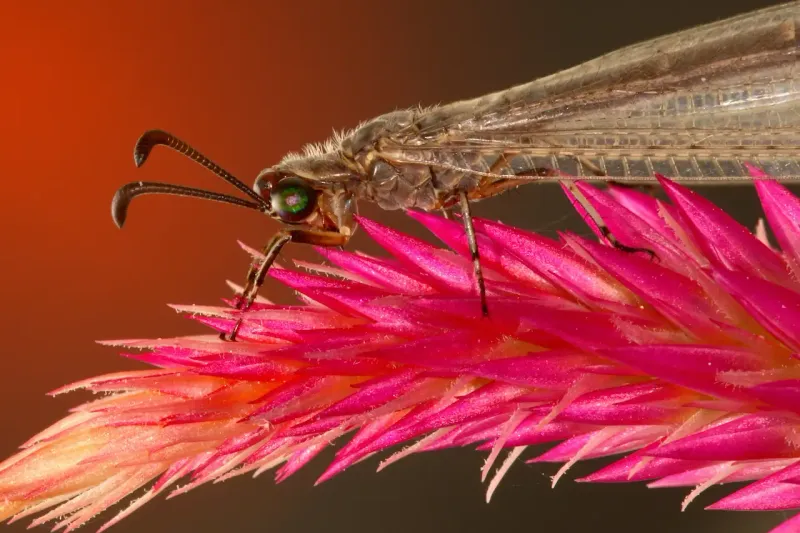
The adult antlion’s life is as fleeting as its name suggests. After a lengthy larval stage, these creatures emerge as adults for a short life dedicated to reproduction.
Their delicate wings and slender bodies are a common sight in sandy areas, where they complete their life cycle in a matter of days.


